Essential Guide to Food Additives 4th Edition
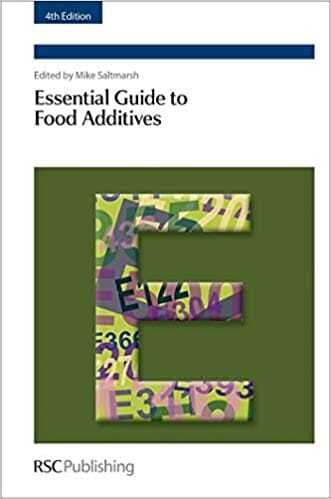
By Mike Saltmarsh
Essential Guide to Food Additives 4th Edition PDF. Food additives have played and still play an essential role in the food industry. Additives span a great range from simple materials like sodium bicarbonate, essential in the kitchen for making cakes, to mono- and diglycerides of fatty acids, an essential emulsifier in low fat spreads and in bread. It has been popular to criticise food additives, and in so doing, to lump them all together, but this approach ignores their diversity of history, source and use. This book includes food additives and why they are used, safety of food additives in Europe, additive legislation within the EU and outside Europe and the complete listing of all additives permitted in the EU. The law covering food additives in the EU which was first harmonised in 1989 has been amended frequently since then, but has now been consolidated with the publication of Regulations 1331/2008 and 1129/2011. This 4th edition of the Guide brings it up to date with the changes introduced by this legislation and by the ongoing review of additives by EFSA. Providing an invaluable resource for food and drink manufacturers, Essential Guide to Food Additives 4th Edition is the only work covering in detail every additive, its sources and uses. Those working in and around the food industry, students of food science and indeed anyone with an interest in what is added to their food will find this a practical book full of fascinating details.
Read more: Handbook of Foodborne Diseases
| File Size | 4 MB |
| File Format | |
| Download link | Free Download | Become a Premium, Lifetime Deal |
| Support & Updates | Contact Us | Broken Link |
| Join Our Telegram Channel |  |
| More Books: | Browse All Categories |

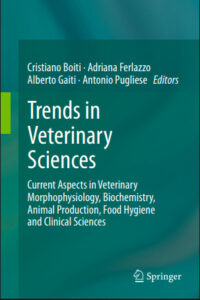
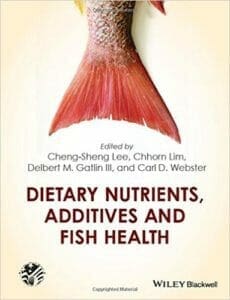

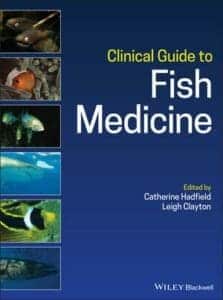
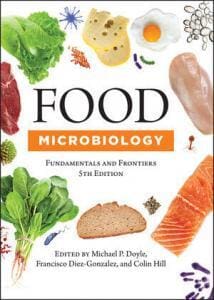
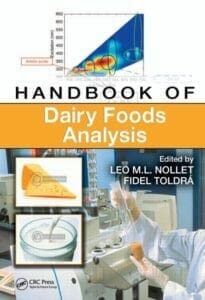






![Ettinger’s Textbook of Veterinary Internal Medicine 9th Edition [PDF+Videos] Ettinger’s Textbook of Veterinary Internal Medicine 9th Edition [True PDF+Videos]](https://www.vet-ebooks.com/wp-content/uploads/2024/10/ettingers-textbook-of-veterinary-internal-medicine-9th-edition-100x70.jpg)

![Textbook of Veterinary Diagnostic Radiology 8th Edition [PDF+Videos+Quizzes] Thrall’s Textbook of Veterinary Diagnostic Radiology, 8th edition PDF](https://www.vet-ebooks.com/wp-content/uploads/2019/09/textbook-of-veterinary-diagnostic-radiology-8th-edition-100x70.jpg)






